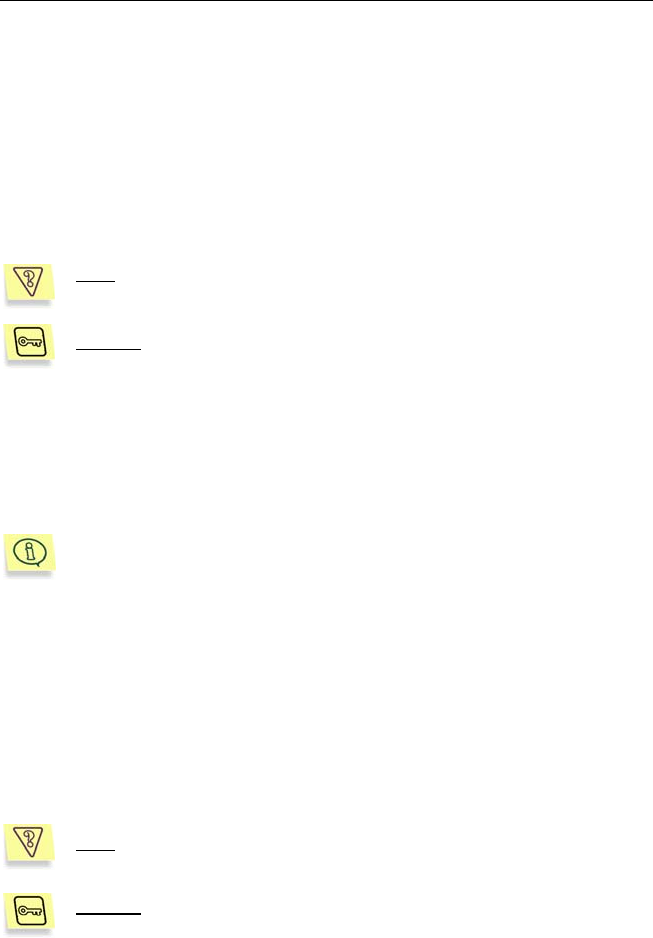User Guide
Table Of Contents
- KASPERSKY ANTI-VIRUS FOR PROXY SERVER
- OPERATION ALGORITHM AND TYPICAL DEPLOYMENT SCENARIOS
- INSTALLING THE APPLICATION
- USING KASPERSKY ANTI-VIRUS
- ADDITIONAL SETTINGS OF KASPERSKY ANTI-VIRUS
- Creating groups
- Anti-virus scan settings
- The choice of actions over scanned objects
- Administrator notifications
- Operation modes
- Modes of interaction with proxy via ICAP
- Application statistics logging
- Application reporting parameters
- Memory dump creation for detection of errors
- Work with Internet broadcasting stations
- UNINSTALLING THE APPLICATION
- APPLICATION REFERENCE
- KASPERSKY LAB
- LICENSE AGREEMENT

Using Kaspersky Anti-Virus 23
# keepup2date –l
/var/log/kav/5.5/kav4proxy/updatesreport.log
If you need to update the anti-virus databases on several servers, it may be more
convenient to download the updates from an update server once, save them to a
shared directory, and mount the directory within the file system of every server
running Kaspersky Anti-Virus. Then it will be sufficient to launch the update script
having specified first the mounted directory as the source of updates. FTP and
HTTP can also be used for sharing of the anti-virus databases. Please see
section 4.1.3 on p. 23 for details related to creation of a shared directory for
updates.
Task
: initiate updating of the anti-virus databases using the local
/home/kluser/bases directory as the source. Output the results to the
/tmp/updatesreport.log file.
Solution
: to accomplish the task, log in as the root (or any other
privileged user) and perform the following steps:
1. Mount the shared directory containing updates to the anti-virus
databases, to the local /home/kluser/bases directory.
2. Enter the following in the command line:
# keepup2date –l /tmp/updatesreport.log –g
/home/kluser/bases
You can also update the application remotely using the appropriate
Webmin plug-in.
4.1.3. Creating a shared directory for
storing and sharing database updates
To update the anti-virus databases correctly on local computers from the shared
directory, you need to reproduce in that directory a file system structure that is
similar to that of Kaspersky Lab’s update servers. This task deserves a detailed
explanation.
Task
: create a shared local directory, which the local computers will use
as the source to update their anti-virus databases.
Solution: to accomplish the task, log in as the root (or any other
privileged user) and do the following:










